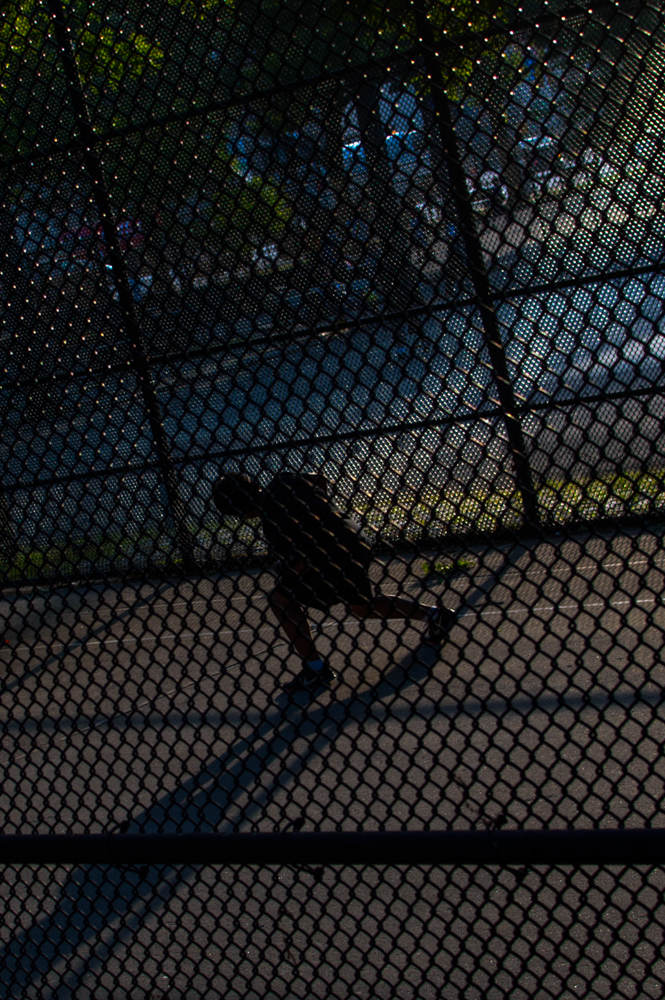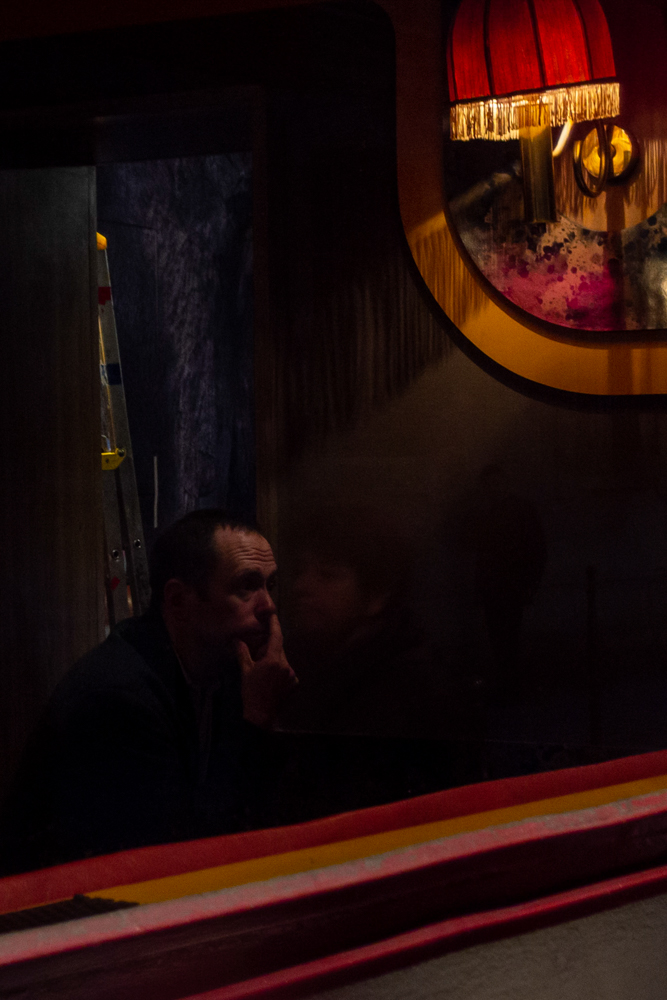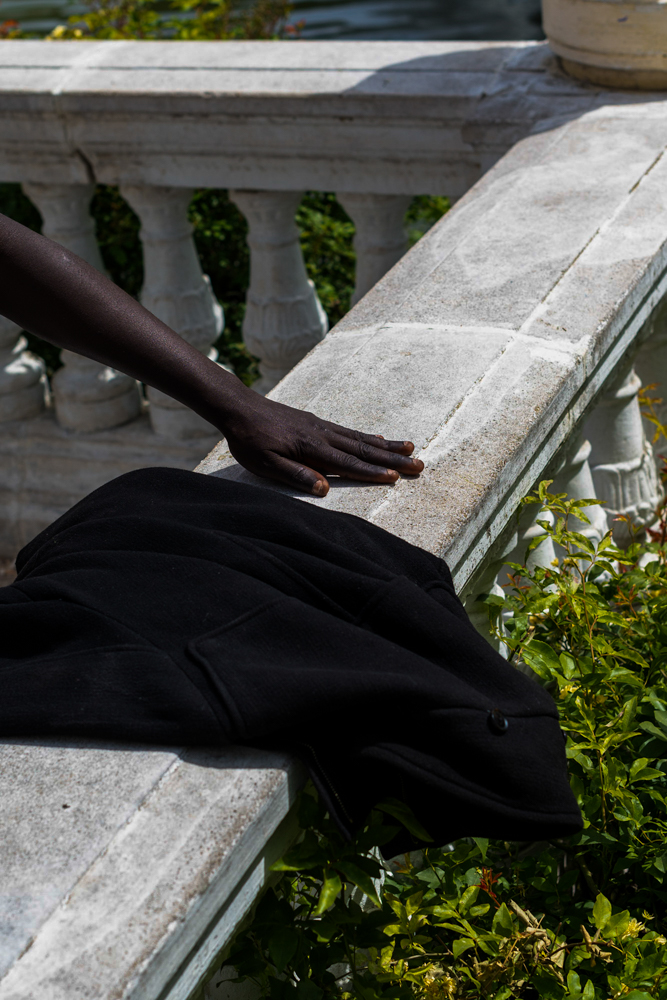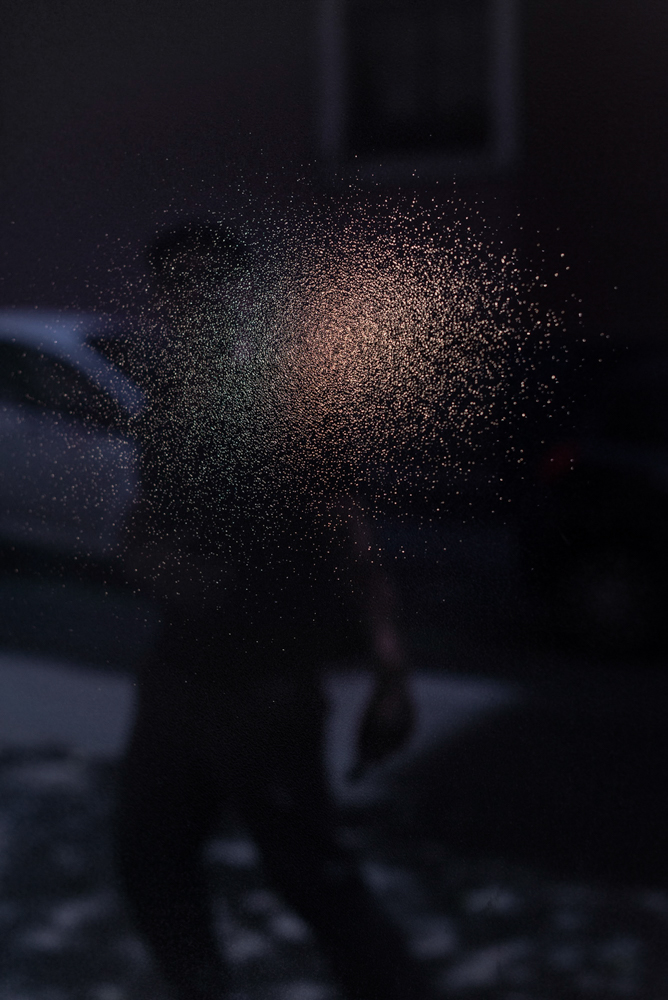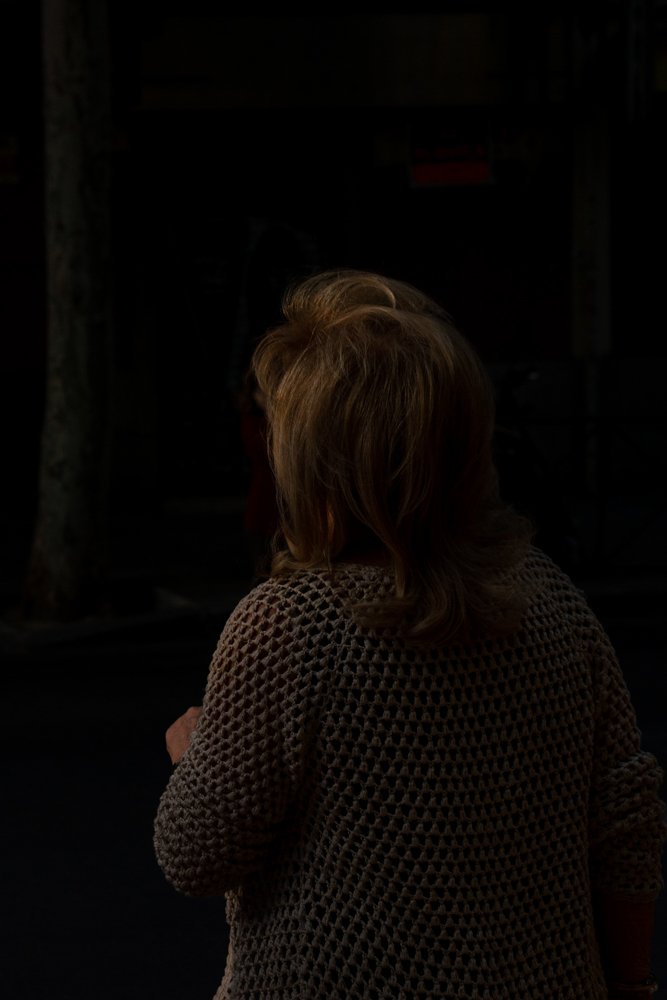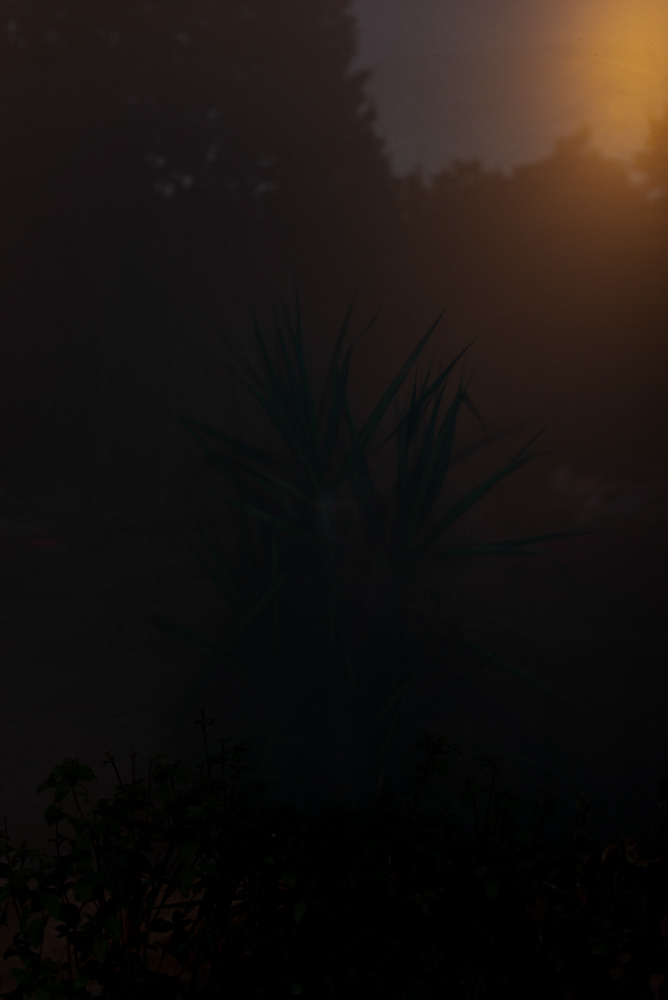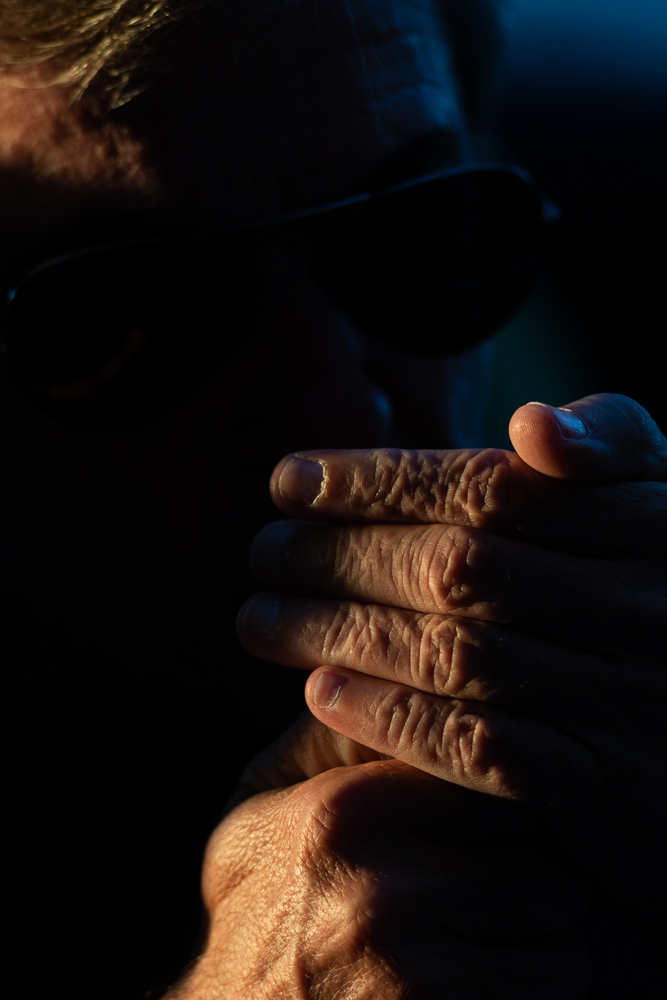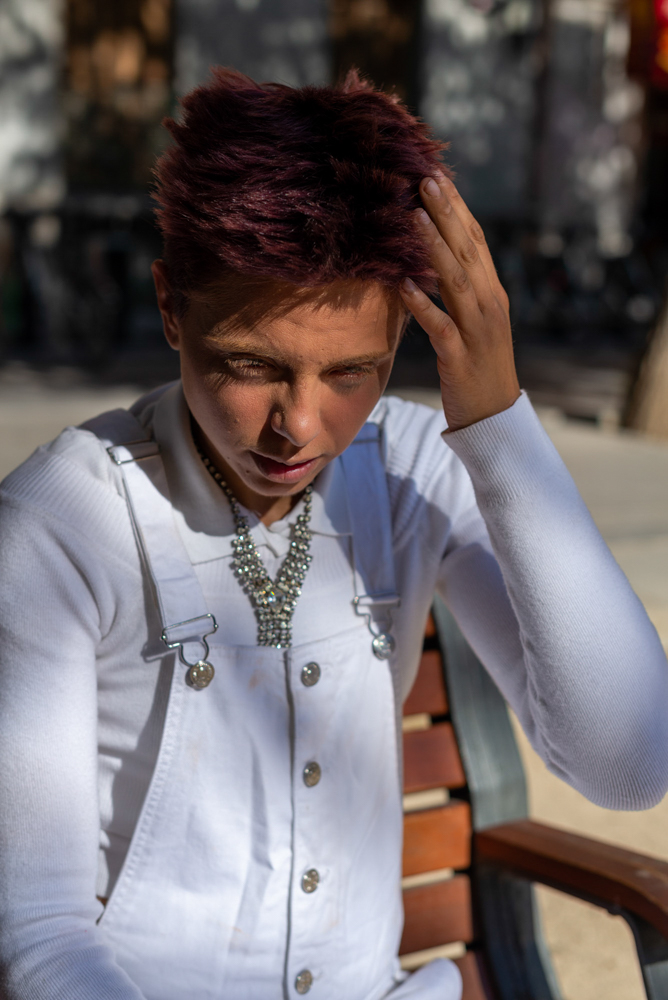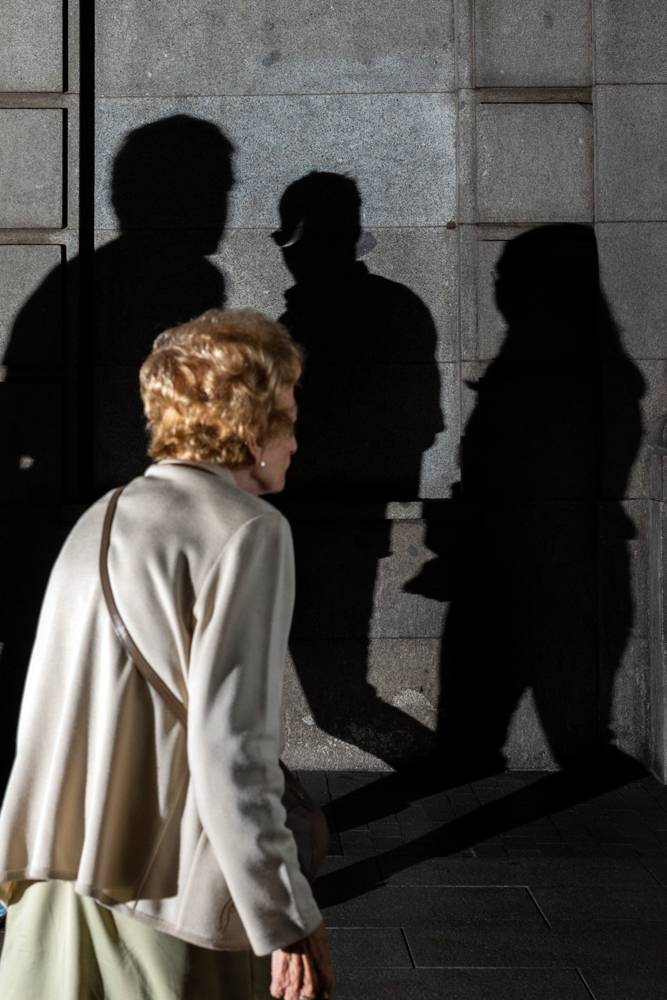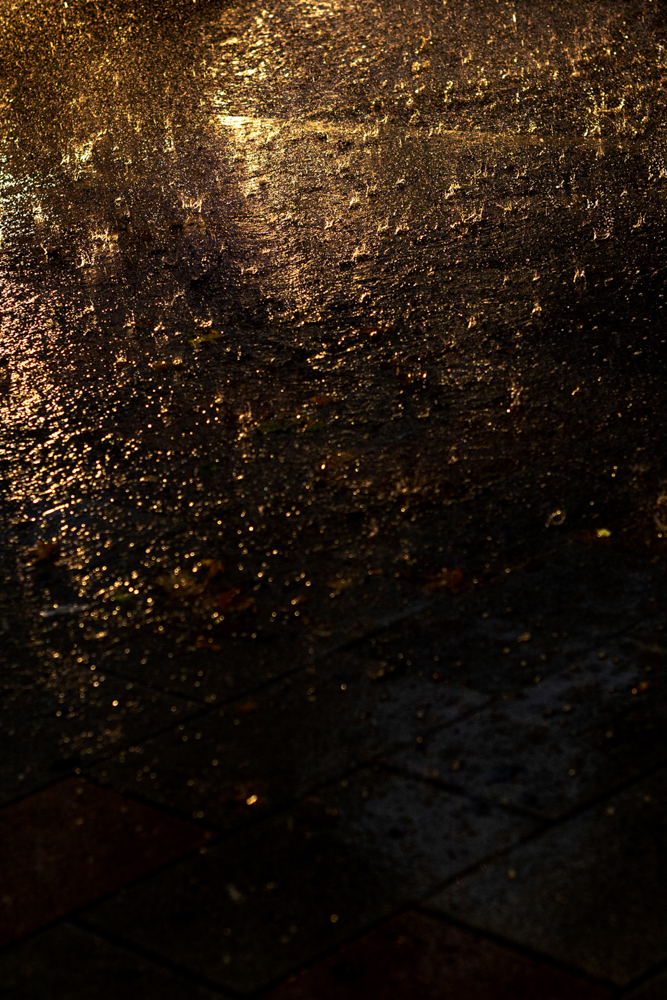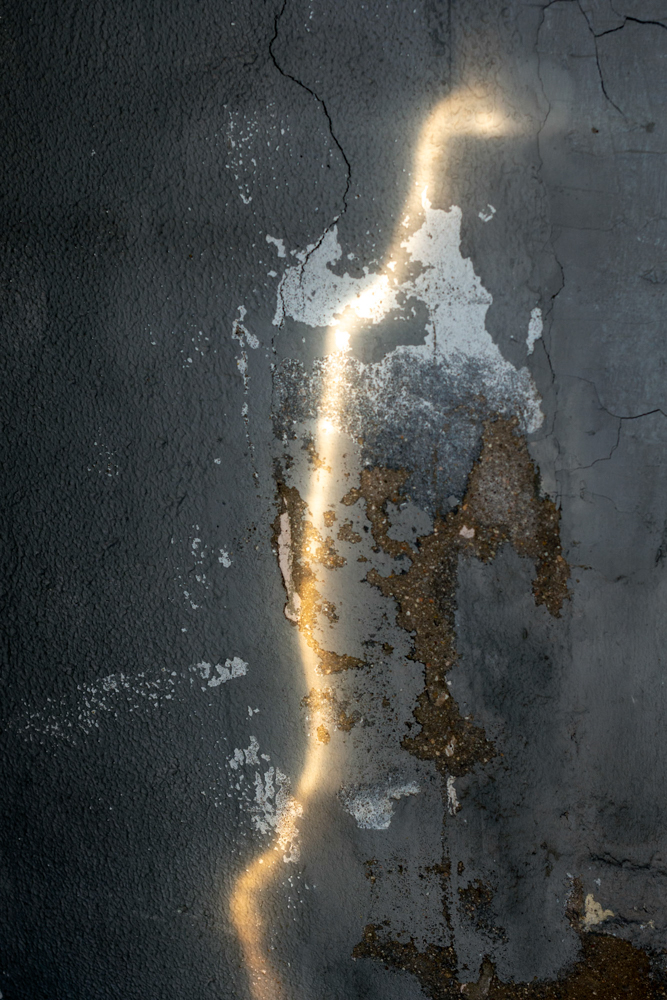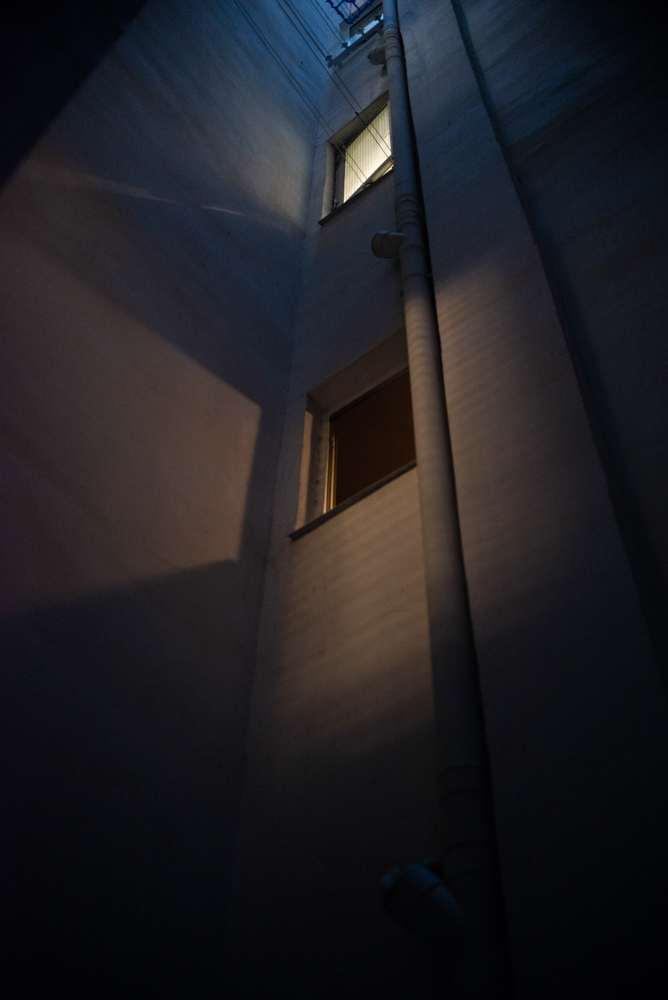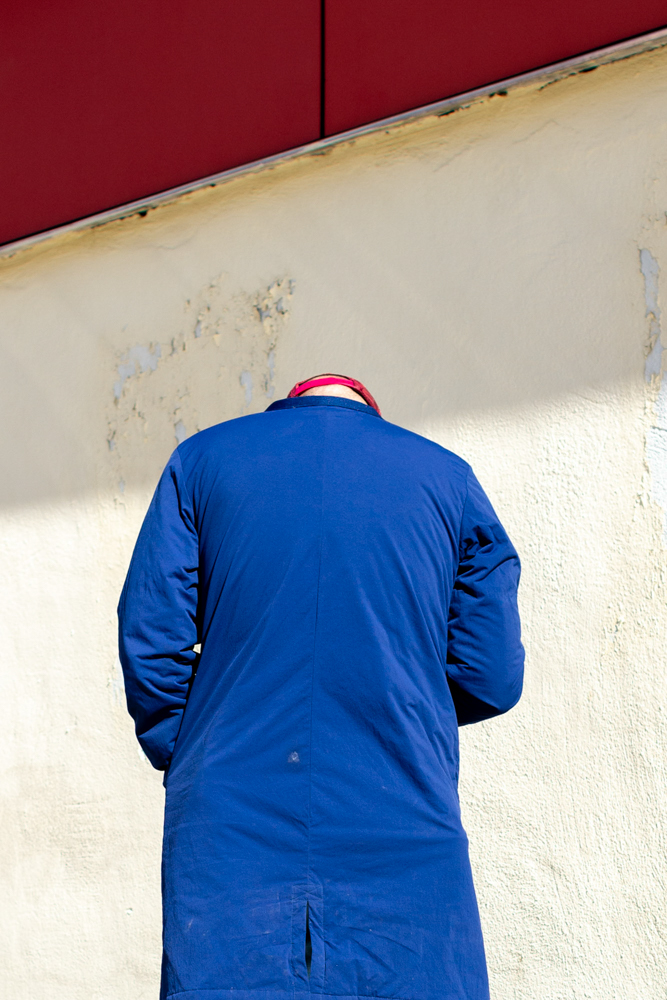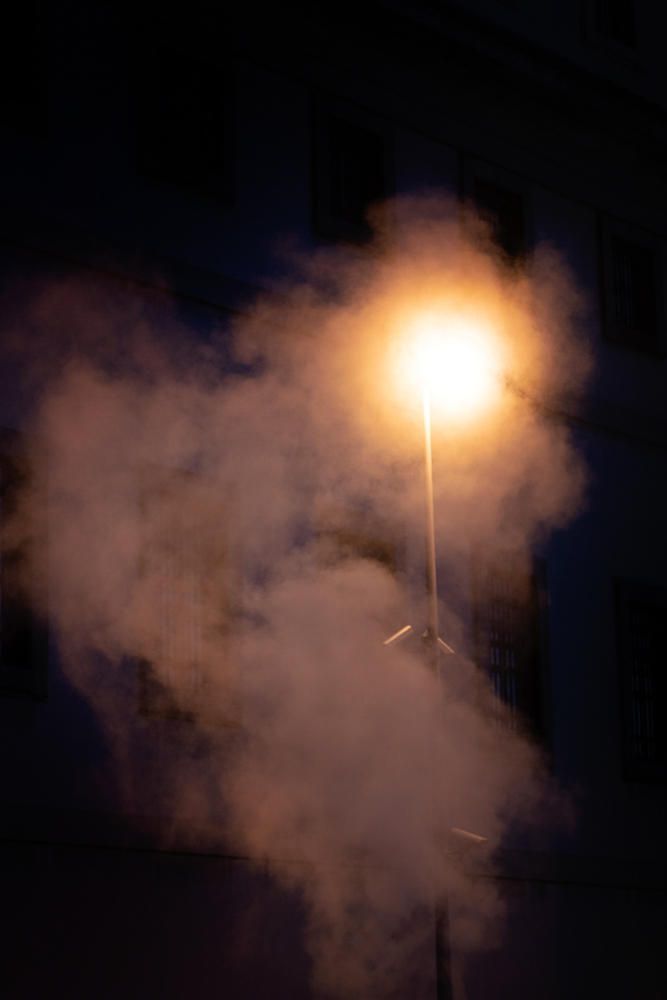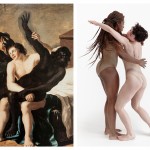Carlos Barradas: An Insufficient Response
This week, I am excited to introduce five new Lenscratch Content Editors who will be providing expanded perspectives on a variety of topics. Today we feature Madrid-based, Portugal-born photographer Carlos Barradas, a talented artist and writer who is particularly interested in ideas of confinement. Carlos will also share international events and artists with the Lenscratch audience. An interview with Carlos follows.
Carlos Barradas is a photographer with a PhD in anthropology. He has also recently finished the European Master in Contemporary Photography at the European Design Institute in Madrid, to which he received a merit scholarship. In his work he engages with ambiguity. He positions his photographs in a liminal state, an anthropological concept that refers to an intermediate phase or condition in a given rite of passage. His intention is that the photographs become a receptacle in which people deposit their narratives. In that sense, they are transformed into a habitable space, where emotional statuses, memories, and social and cultural values come into play, defining one’s interpretation of the image. Instagram: @barradascarlos
An Insufficient Response
“You know, this is actually the first time I have ever sat on one of these couches. I never imagined they were so comfortable. Maybe there’s a purpose in all of it, right?
This fabric. It reminds me of the overcoat that I once had and was wearing on that night that I told you about.
Back then, I couldn’t believe what had happened. The odds and the circumstances were so unlikely, and I wish there was some way I could have acted differently. I remember perfectly when I had the chance to do it. But I didn’t. It doesn’t matter now, what is done is done.
During the events, even the sharpest vision wouldn’t allow me to see or think clearly, I assure you. A windy, windy day. A kind of smoke, or dust, all over my face. It felt like the end of time. But let me go back for a moment. It all started with the annoying, repetitive noise of the security guard fiddling with his keys. The whispering, followed by those screeching sounds got me started. I still thought, you know, “I’ll smile” and maybe it will get noticed and will stop. It didn’t work.” – Carlos Barradas
Tell us about your growing up and how you came to photography?
I was born in a seaside Portuguese city, called Figueira da Foz, in the centre of the country. Me and my parents lived there until I was eleven years old, and then we moved to Coimbra, roughly 50km away. A beautiful city but no sea to enjoy. I had a beautiful childhood and adolescence. The neighborhood where I grew up in had lots of kids my age, so I was lucky enough to share uncountable moments of happiness that became beautiful memories.
I came to photography mostly by my cousin, the “local photographer” of a small town in southern Portugal called Elvas. The whole process was particularly funny, because he gave me my first camera around 11 years old, an Alina Micro 35. It’s pretty much a toy with film in it. As I grew older, he gave more sophisticated cameras. The second was a Zenit camera and the third, when I turned 18, was an Olympus OM-2. A few years ago, he gave me a Pentax 4×6.5. So this has been a really funny and moving experience, in the sense that as I grew older, and noticing my interest in photography, somehow he decided to emotionally and materially invest in my love for this art. And I will always thank him for that, because he cultivated in me what is today my passion, my business, my life.
As a Content Editor for Lenscratch, what are you excited about bringing to the site?
I am extremely happy to be part of the Lenscratch team. I have followed it for several years, and to be able to contribute to it is such a great opportunity to get to know good work and write about it. I will focus on European photographers or photographers in Europe, given that I am based in Madrid. I will make this bridge between Europe and the US, but also use my academic experience to bring together people and institutions that might be interested in partnering with us. I believe this is an opportunity to dissolve some boundaries and generate new visual and textual discourses.
How important is writing to your practice?
It is something quite new, actually, that I have developed in “An Insufficient Response”. Until a couple of years ago, for the most part I rejected writing as I thought that I would be too close to my academic writing. Eventually, I started practicing creative writing, pretty much on the opposite side of what I used to do with articles, reports and scientific writing, in general. Even though, as Alec Soth has put it, it is extremely important that the text doesn’t becomes more relevant than the images. It is a very delicate balance, particularly considering that I don’t like texts that are too descriptive. As with my photographs, I like texts that just give you hints or clues to something, and from then on I expect the viewers to build their own narratives.
Who and/or what inspires you?
I love to read, listen to music and watch movies. I think photography greatly benefits from other artistic and non-artistic fields. But I have always loved Hitchcock movies for the suspense and mystery they involve. The element of intrigue and surprise, the unexpected. The same goes with David Lynch and Wong-Kar Wai movies and Film Noir in general. In terms of music, I have been a Nick Cave fan since I was 15 or 16. His lyrics are truly amazing, and for me he is unique in the way he builds short stories from scratch adding layer after layer until reaching a climax. You can actually see what he is singing, and I think that is impressive. In the last ten years or so, I also enjoy quite a lot of electronic music, I believe it can put me in the right mood to go outside and make photographs, and I absolutely love it when I get into this specific mindset. This happens frequently with Jon Hopkins and Nils Frahm.
I also love literature that follows these patterns, of course. Adolfo Bioy Casares, Cormac McCarthy, Sándor Márai, J. G. Ballard. In terms of photography, I love Alec Soth’s work, Cristina de Middel, Carolyn Drake, Christopher Anderson, Alessandra Sanguinetti, Todd Hido, Gueorgui Pinkhassov, Gregory Halpern, Mona Kuhn, Rinko Kawauchi, Paul Cupido, Broomberg & Chanarin, Paul Graham, Ernst Haas, Zanele Muholi. I am also quite inspired by Japanese Photography, particularly Shomei Tomatsu. Bottom line is: photography is an extraordinary thing and it is really hard to make a list of my favorite ones.
Your series, An Insufficient Response, is moody and poetic and the writing is somewhat mysterious. Can you speak to the origins of this project?
I started developing this project for the European Master in Contemporary Photography at the Instituto Europeo di Design, in Madrid, to which I was awarded a merit scholarship. I had finished my PhD thesis 3 weeks before and so I kept the working pace. The project changed a lot throughout the year, as it still is.
Until this last work, writing was never really an option. But my tutor at the IED Madrid, Nicolás Combarro, challenged me to write something fictional, one or several short stories, so as to add new layers to the work. And in my practice as an anthropologist, I have always loved the concept of liminality. That ambiguous moment where rituals, people, body language aren’t immediately perceptible and decipherable. And so using that experience, I tried to transfer, or apply, this ambiguity both to the photographs and to the text. I am still in the process of discovering the true potential of this articulation, but so far the reactions have been really interesting and I am happy that this happened.
How do you want the viewer to “read” this work?
I want that after looking at this work, the viewer doesn’t find any concrete and indisputable answers. I intend to provoke an experience of disquietness, or discomfort. This work is all about giving a candy and taking it back, in a way. I give you photographs and I aggregate a text, which usually is conceived as something descriptive, like the role of captions in press photography. But instead of explaining something, this text adds some more elements for the viewer to play with. Is it real? Is it not? Did this actually happen? Who are these people? As with many other arts, I love what intrigues me, what leaves me wanting for more, and that is what I pursue in my work. I want to invite the viewer to be submerged with me, and look for the big fish deep in the ocean, instead of the little ones at the surface, as David Lynch said. You might not know what is the species you see down there, but sometimes you don’t need to know it to appreciate it. So far I have written four short stories that will be used in the photobook, but I’m still working on the formula to make it work. A small secret that for now I’ll keep to myself.
Light and color are integral to your work, can you speak to your process of seeing?
I do love a beautiful light, and capture it the way I conceive it. The way it attributes a different kind of visibility to something or someone. It is almost a co-production of the photograph. But concerning color, it is quite interesting you ask me that, because I have a condition called acromatopsia. I identify the main colors, in general, but have a huge difficulty in under some light conditions, distinguishing dark blue from black, grey from green, white from pink. This gets even worse in the absence of direct sunlight. It surprises me, but also makes me proud, how people react to my colors, because ultimately they are seeing what I can’t see. It is both a happy and frustrating experience, a paradox.
But I’d say that what often drives me are aesthetic impulses or weird moments. And regarding the latter, recently I read a book called “The Weird and the Eerie”, by Mark Fisher, which I really enjoyed because it elaborates on what I seek in my work, this strangeness nor easily identifiable nor explainable that plays such an important role in everyday life.
What’s next?
I am eager to start this project as an Editor for Lenscratch! It is a great pleasure, and also a great responsibility to show and write about good and inspiring photography. Of course, in the meantime, my photographic practice will continue. I’m still working on “An Insufficient Response”, and I intend to finish this work next year, namely through the creation of a photobook dummy. As with everyone else, I think, the Covid-19 situation has delayed shooting, but I seized the moment and wrote some more short stories to go alongside the photographs. I am also preparing a book for Ferry Tales, my previous work, that I have a great love for, because it is the work that really changed my photographic career and my reflexivity on the way I approach the medium.
How has Covid altered your practice? Did you make new work or try new things?
I live in a 27 square meters apartment with my wife in Madrid, and our apartment only has 19 minutes of direct sunlight per day, something we only realized during this period. So I started seizing that light and began to photograph her during those minutes. Of course, eventually I started shooting in other times of the day or night, but this experience has made me search for that ambiguity in the person I share my life with, sort of a visual distancing, occasionally seeking more abstract views of her. This gave origins to an essay called “A mode of existence”, that has its origins in her name, Sattva, which in Sanskrit means, among other things, “mode of existence”. And this is particularly interesting, because up until 8 months ago, we would never conceive as a plausible “mode of existence” to stay home for three months in a row due to a pandemic. It is, therefore, one of the possible and unforeseeable modes of existence that we have access to. Reality always outweighs fiction.
Favorite meal you made during Covid?
That’s a hard one. As a Portuguese I love every food that comes from the sea, so I’d say a “Espetada”, a mix of grilled shrimps and squids with a lovely sauce on top, made with olive oil, parsley, a sort of paprika/sweet chili, salt and onion. With boiled potatoes on the side and of course, a beautiful white wine to enjoy it properly. It is light, refreshing and made it slightly easier to cope with those days.
Finally, describe your perfect day—and don’t forget to tell us who is on the soundtrack!
Well, I guess I’d start the day by surfing on a sunny day. Then, I’d go for a beautiful meal in front of the sea, just contemplating it. Then, of course, grab my camera and search for the next good image, encouraged by what I’d be listening. Let’s say that for a day like this, maybe LCD Soundsystem, Four Tet, Nick Cave or Pink Floyd.
Posts on Lenscratch may not be reproduced without the permission of the Lenscratch staff and the photographer.
Recommended
-
Photography & Anthropology: Gloria Oyarzabal, “USUS FRUCTUS ABUSUS”May 3rd, 2024
-
Earth Week: Aaron Huey: Wallpaper for the End of the WorldApril 26th, 2024
-
Earth Week: Casey Lance Brown: KudzillaApril 25th, 2024
-
Tara Sellios: Ask Now the BeastsApril 6th, 2024
-
ALEXIS MARTINO: The Collapsing Panorama April 4th, 2024

